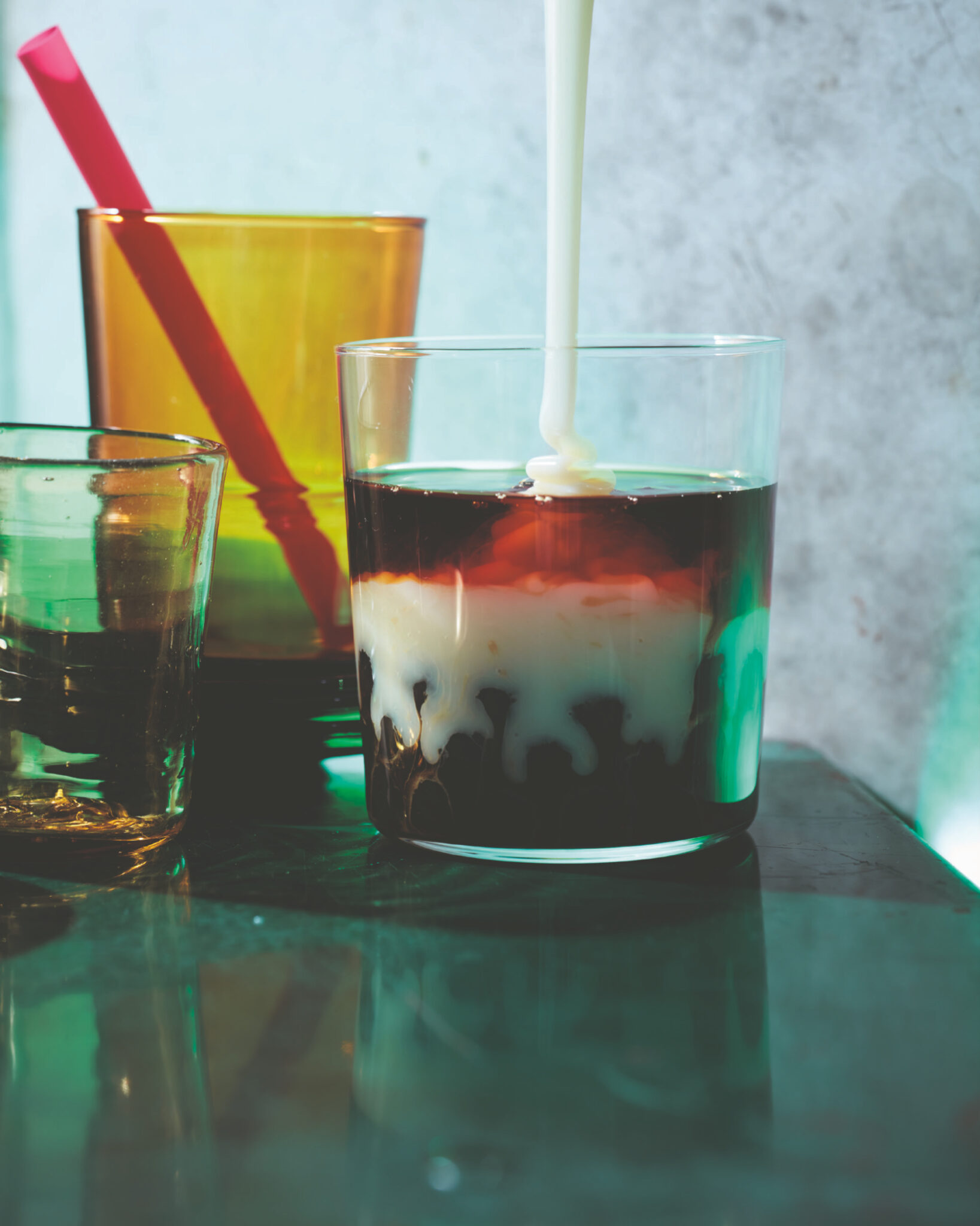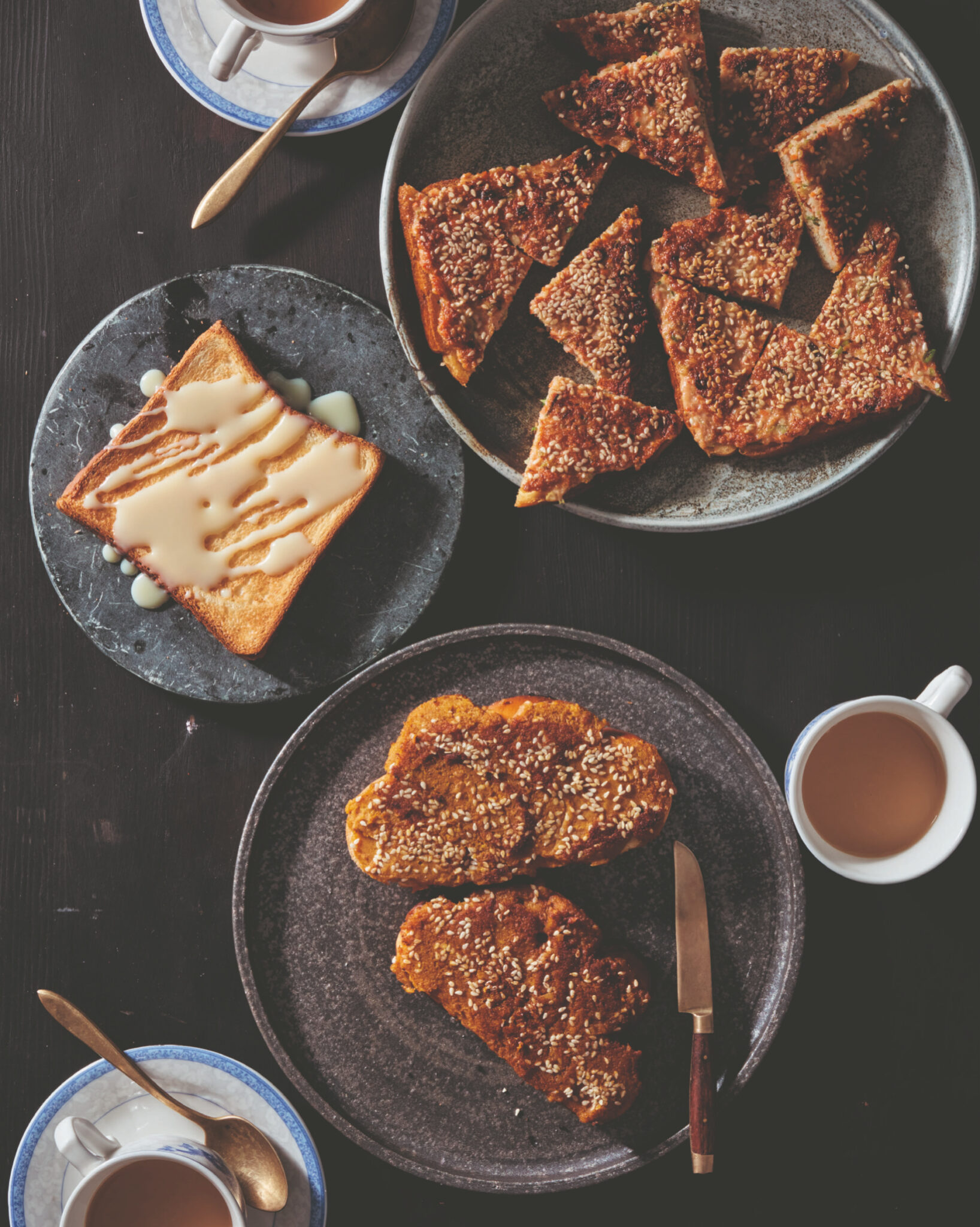With their first cookbook, TikTok star Jon Kung isn’t afraid to get personal and explore growing up as a third-culture kid.
Words by Eddie Kim
Photos by Johnny Miller
Where did Jonathan Kung grow up?
You could answer the simple way: They were born in Los Angeles, then raised in Toronto and Hong Kong. But the question is no simple thing for the cook and TikTok star, who has long mulled the meaning and importance of “home”—and what being a “third-culture kid” says about diaspora, immigrant culture, and emotions we share through food.
Kung still remembers the meals they shared with parents and extended family in Hong Kong, with Cantonese soups, stir-fries and braises spilling out over every inch of the communal table. It left an imprint on the palate that never went away, even when they moved to Canada as a child.
Returning to Hong Kong to finish their last years in high school revived those memories in full, and it’s no surprise that when Kung moved to southeastern Michigan in 2002 for college, the cravings followed. To call it a culture shock would be an understatement: Kung couldn’t even find Chinese takeout or sushi without driving to the next city over. Even some Asian peers he met in the Midwest seemed lackadaisical about their heritage, as if they never quite figured out the link. It left Kung pondering their own place in the world, too.
Later, in adulthood, I realized the food I grew up with is what I want to cook. Through my family and their openness to trying so many different things, I had learned how to eat.
— Jon Kung
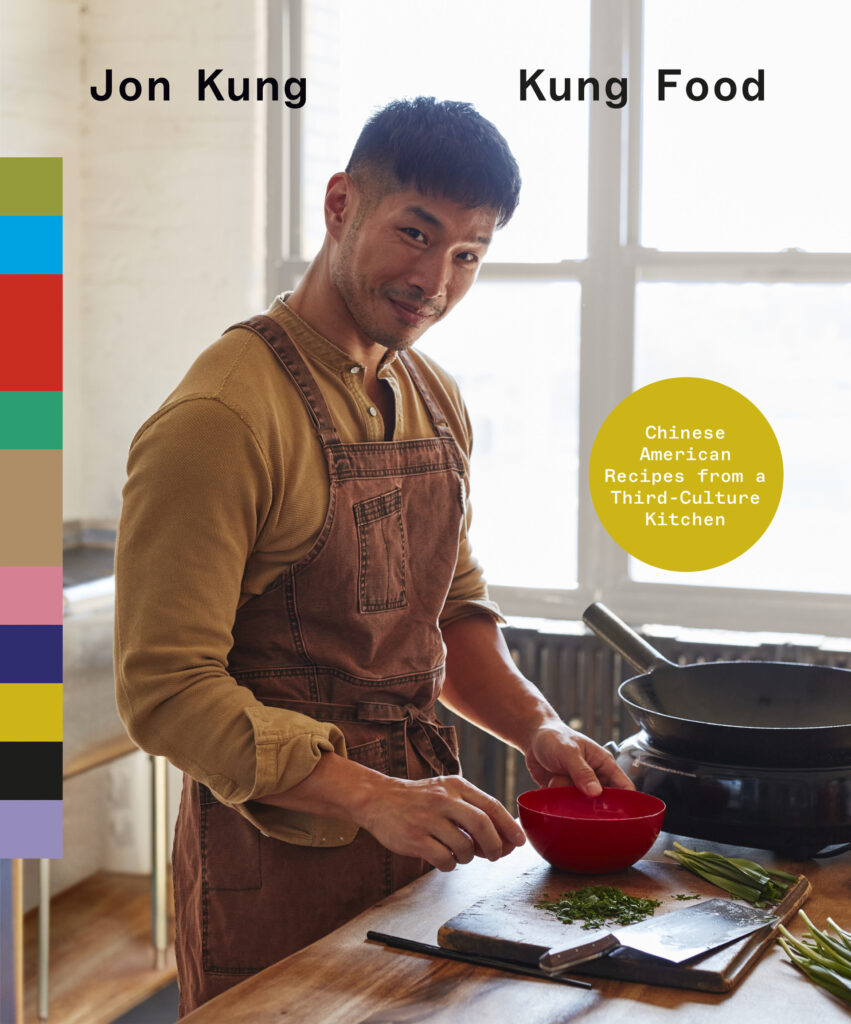

“I’ve moved around so much in my life that my grasp on my home culture is not all that strong. I could barely get by on my Cantonese, and had to learn to cook and replicate dishes from taste alone. I had no idea what to make of instructions,” Kung says with a wry laugh. “But later, in adulthood, I realized the food I grew up with is what I want to cook. Through my family and their openness to trying so many different things, I had learned how to eat.”
That life lesson is a big reason why Kung, 39, has blown up in popularity over the last few years. They’ve racked up 1.7 million followers on TikTok by posting cooking ideas and cultural commentary that illuminate the joys and dilemmas of “third-culture” life. The success online also propelled Kung to their first cookbook, dubbed Kung Food: Chinese American Recipes From a Third-Culture Kitchen. It’s the culmination of Kung brainstorming for years, hoping to strike upon recipes that capture the taste of living in between worlds without the pretense of Western “fusion” food.
Though Kung attended law school in Michigan, the career path never took; instead, he worked as a line cook around Detroit, serving everything from upscale New American dishes to old-school Thai. Eventually, they began hosting pop-up dinners in unconventional spaces, including an abandoned home near the outskirts of downtown Detroit.
Kung even developed plans to open their own restaurant and market, dubbed Kung Food Market Studio. The mission wasn’t to merely promote their style of modern Chinese American cooking — Kung wanted to use food to speak to others who had similar upbringings, too.
“Regardless of what your home culture is, whether it’s Nigerian or Mexican or Chinese or Thai, people who are first-, second-, third-generation people in America have had similar glimpses of lived experience,” Kung says. “It makes us have a lot more in common than many people would realize.”
Regardless of what your home culture is, people who are first-, second-, third-generation people in America have had similar glimpses of lived experience.
— Jon Kung
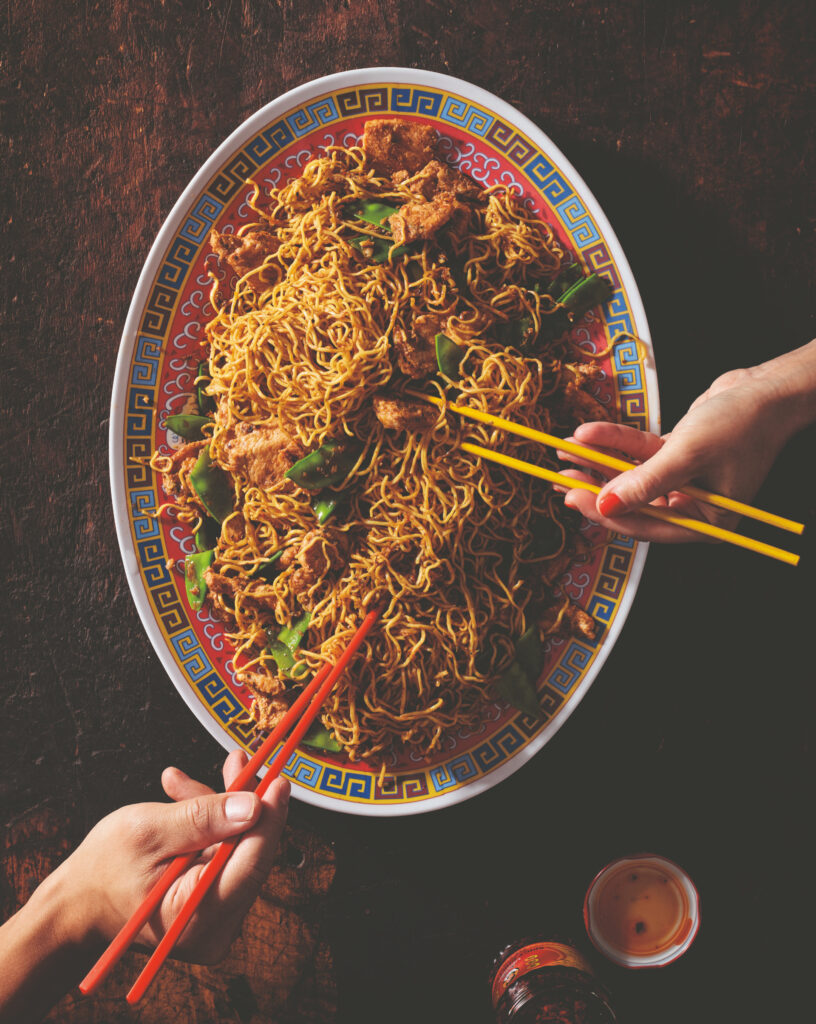
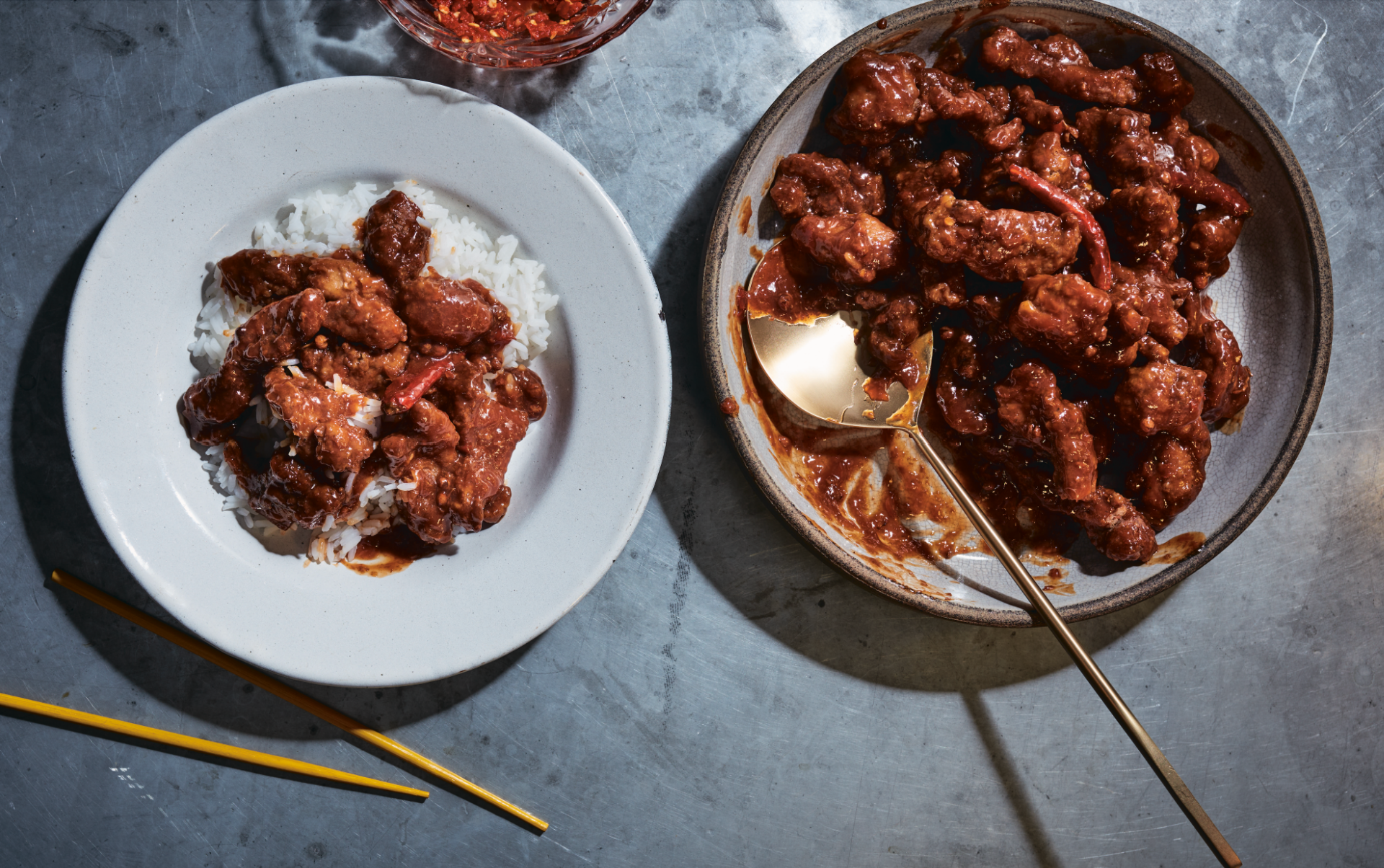
But as the old saying goes, the best-laid plans often go awry. The onset of the pandemic in 2020 forced Kung to scuttle their restaurant plans. Bored and unsure amid the mass closing of eateries and bars, they turned to TikTok as an outlet. Like so many other content creators, Kung initially focused on “lockdown recipes” for home cooks with limited ingredients.
Then, their videos started to evolve with a sharper point of view. Kung went viral for extolling the virtues of cold soba noodles (while shirtless and glistening, which didn’t hurt). He began critiquing notions of “authenticity” and the gatekeeping inherent in communities who think that certain people shouldn’t cook certain foods. Kung spoke on the biases inherent with Western trends like “clean eating” and fad diets when traditional “ethnic” staples can nourish us just as well.
And, of course, Kung kept showing off eye-popping third-culture dishes, garnished with their smooth narration and on-camera charisma (credit to their time studying theater in undergrad, he says).
That creative streak is on full display in Kung Food, which is inspired by a spectrum of pop-culture references, nostalgia and tradition. There’s the Dan Dan Lasagne, which calls upon Kung’s idyllic memories of the frozen version made by Stouffer’s. The Hong Kong “Borscht” sounds like a modern creation, but has historic roots in Russian migration and the slow evolution of the motherland’s signature beet-hued soup into a Cantonese classic. In a borderline meme-like nod to Detroit, there’s Faygo Orange Chicken, using the radioactive soda unironically beloved in the Motor City.
Jon Kung’s creative streak is on full display in Kung Food, which is inspired by a spectrum of pop-culture references, nostalgia and tradition.
Reading through the descriptions and inspirations, you can sense that the cookbook is a culmination of Kung’s soul-searching. It blends racial and cultural discourse with a kind of neo-stoner energy rife with wit and insight. Kung isn’t afraid to get personal in the text; they even chose to include a marriage proposal to their longtime partner, Jonathon Campbell, in the intro of the book. (He said yes.)
Kung never dreamed of publishing such a cookbook until perhaps later in life, after decades of being a chef. Indeed, they remain unsure of whether TikTok and social media is even a truly sustainable path as a professional, given the fickle nature of algorithms and trends.
But at its heart, Kung’s content works because the recipes feel so much like snapshots—of a time, of a sense, of an emotion that rings true for anyone who has felt stuck between worlds.
Had I lived anywhere else during my development as a creative person, I don’t think I would have made it.
— Jon Kung
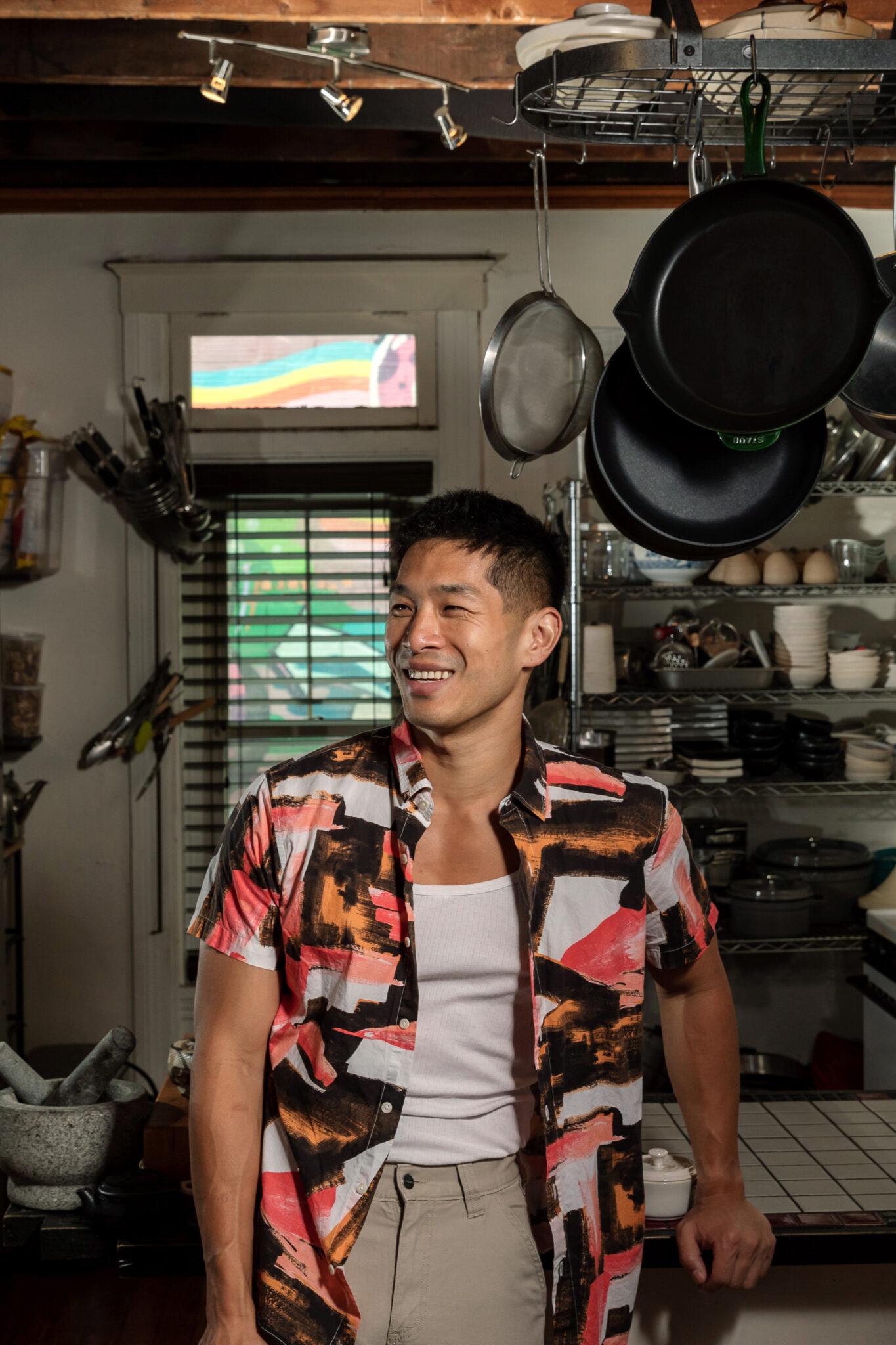
Given it all, maybe there’s a little irony in that Kung now feels firmly rooted in Detroit. Navigating adulthood in the city amid the devastation of the 2007 recession gave him purpose: “There were so many empty buildings, but at the same time, a surprisingly large underground community of artists and artisans and tradespeople were helping each other,” Kung says. “Had I lived anywhere else during my development as a creative person, I don’t think I would have made it.”
The Midwest was a daunting place for Kung to land 20 years ago. But the 7,800-mile gap between Detroit and Hong Kong helped the young cook learn that their “identity crisis” wasn’t a crisis at all. It was just a step to embracing third-culture life, one dish at a time.
Reprinted with permission from Kung Food: Chinese American Recipes from a Third-Culture Kitchen by Jon Kung © 2023. Photographs © 2023 by Johnny Miller. Published by Clarkson Potter, an imprint of Penguin Random House.
Follow Jon Kung on Instagram.


